(7 min read) The Basilica of Santa Maria Del Mar in Barcelona — number 36 in my countdown of the Fifty Greatest Works of Gothic — showcases the unique regional style of Catalan Gothic in an exceptionally pure manner, due to its short construction timeframe and — ironically — massive damage in 1936 at the start of the Spanish Civil War.
(For more about this series, see the introduction and the countdown.)
Common Name: Santa Maria del Mar
Official Name: Basilica de Santa Maria del Mar (St Mary of the Sea Basilica)
Location: Barcelona, Spain
Primary Dates of Gothic Construction: 1329-1384
Why It’s Great
Santa Maria del Mar stands as the quintessential expression of Catalan Gothic — a testament to Barcelona's mercantile golden age that adapts Gothic principles to Mediterranean sensibilities. Its architectural coherence, achieved through both its remarkably compressed construction period and the ironically purifying effects of the Civil War destruction, creates an interior space of extraordinary sublimity.
Why It Matters: History and Context
Barcelona's Santa Maria del Mar possesses an understated formal elegance, and being situated outside the tourist-thronged Gothic Quarter, it receives far less attention than Barcelona Cathedral. Yet — while Barcelona Cathedral is undoubtedly impressive in its own right — I've chosen Santa Maria del Mar for this countdown. No other building more perfectly embodies Catalan Gothic, a distinctive regional interpretation of the Gothic impulse that demands inclusion in any survey such as this.
Barcelona didn’t really embrace Gothic architecture until the late 13th century, a century after it had taken over architecture in France, England, and parts of Germany. This coincided with Catalonia's rise as a Mediterranean commercial power, and the style reflects an adaptation of the northern Gothic paradigm to fit a mercantile society that existed in a Mediterranean culture and climate.
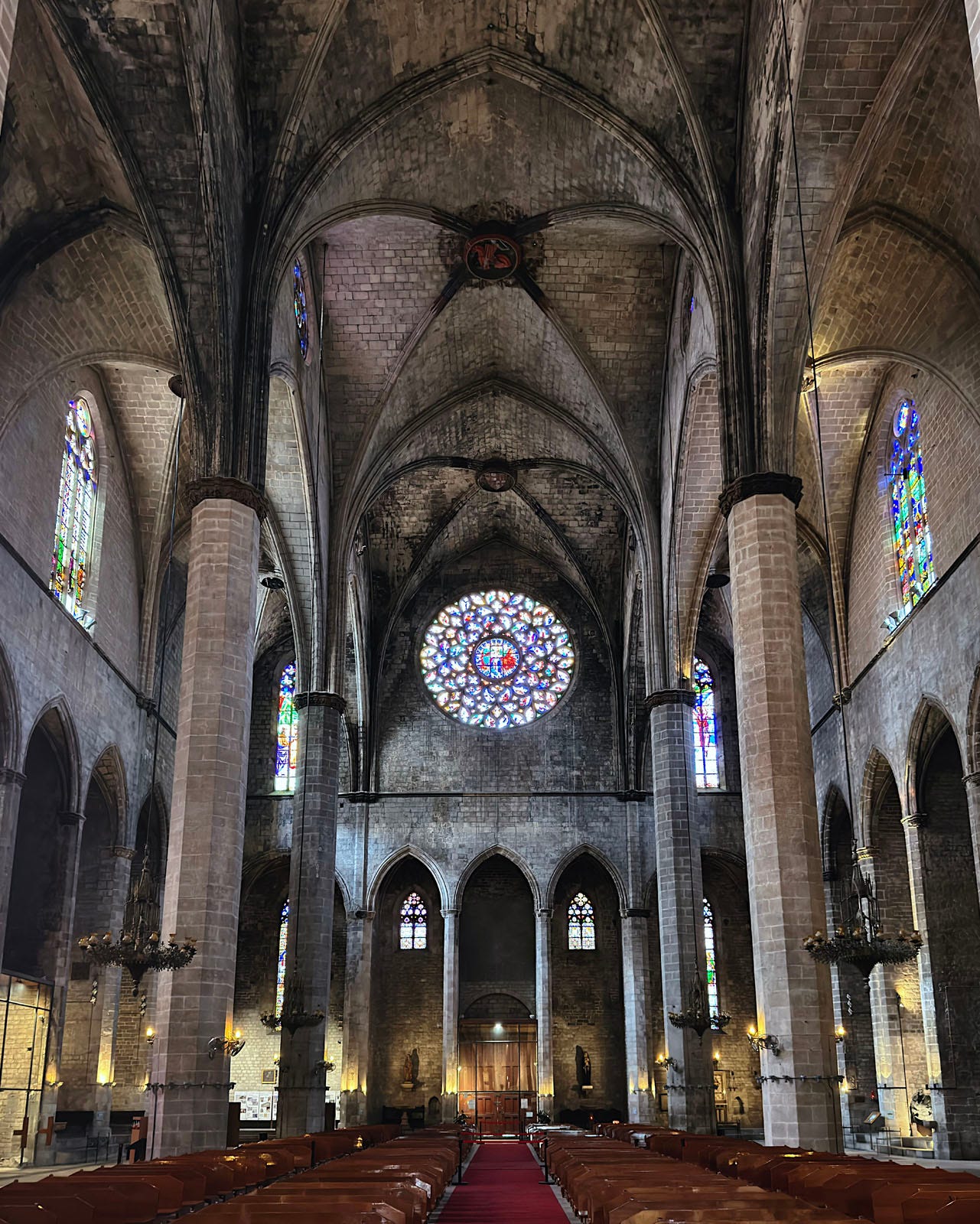
In contrast to Northern Europe where Gothic was born and where many of its archetypal traits blossomed, Catalan Gothic tends to be characterized by things like:
An emphasis on massing and formal purity over the play of shapes and decoration
An interest in wide open interior spaces instead of verticality
Engaged buttressing that form side chapels instead of flying above
Controlling the harsh sun instead filtering clouded light through massive windows.
Adaptations such as these created a regional Gothic variant perfectly suited to both the practical Mediterranean context and the secular civic pride of Catalonia's golden age.
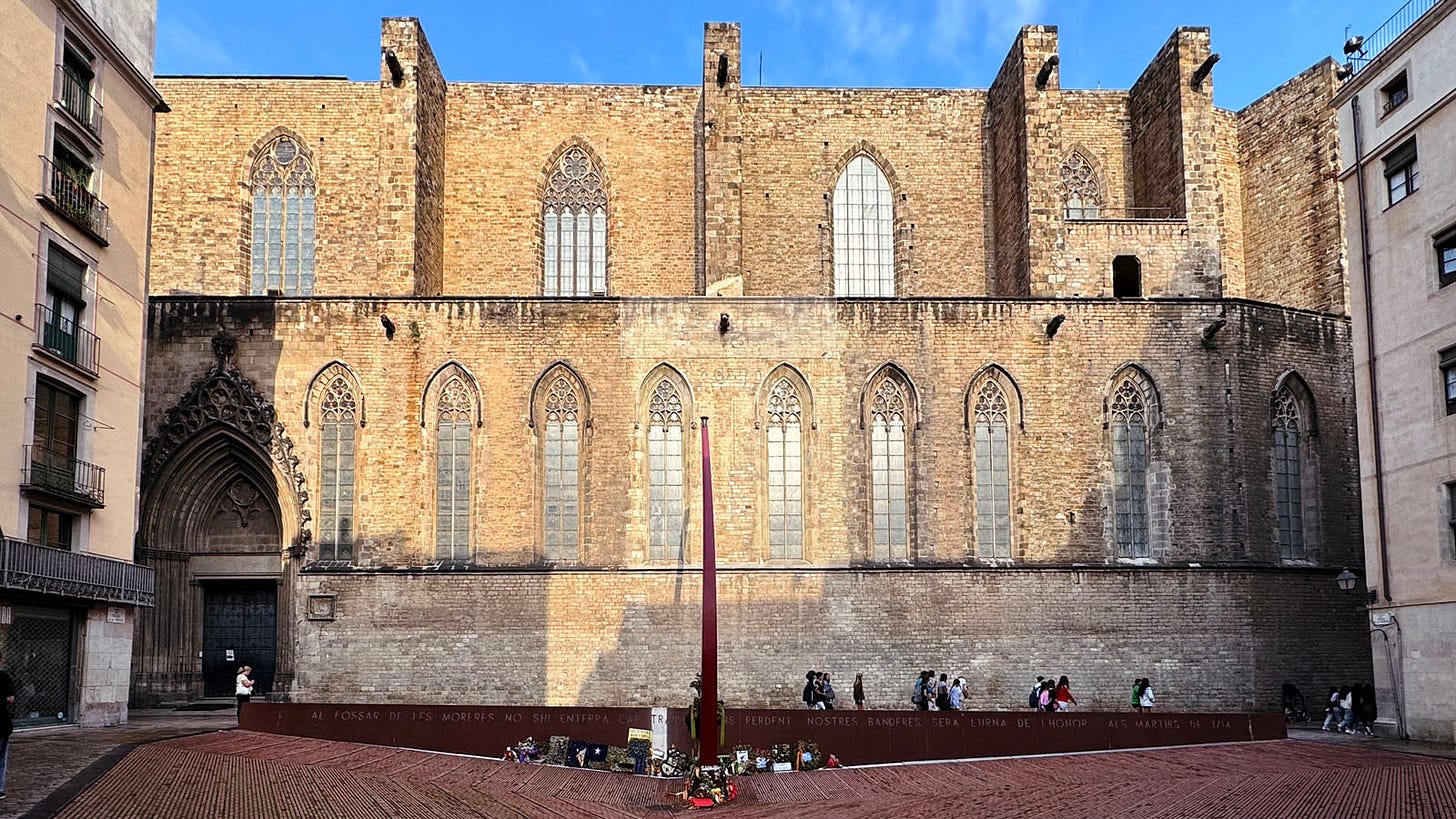
Built between 1329 and 1383 — an astonishingly brief period for a medieval church — Santa Maria del Mar represents a rare achievement in Gothic construction, and one which resulted in an exceptional architectural coherence. The church was primarily funded by the people of Barcelona's Ribera district and the city's merchant guilds, rather than by royalty or high clergy.
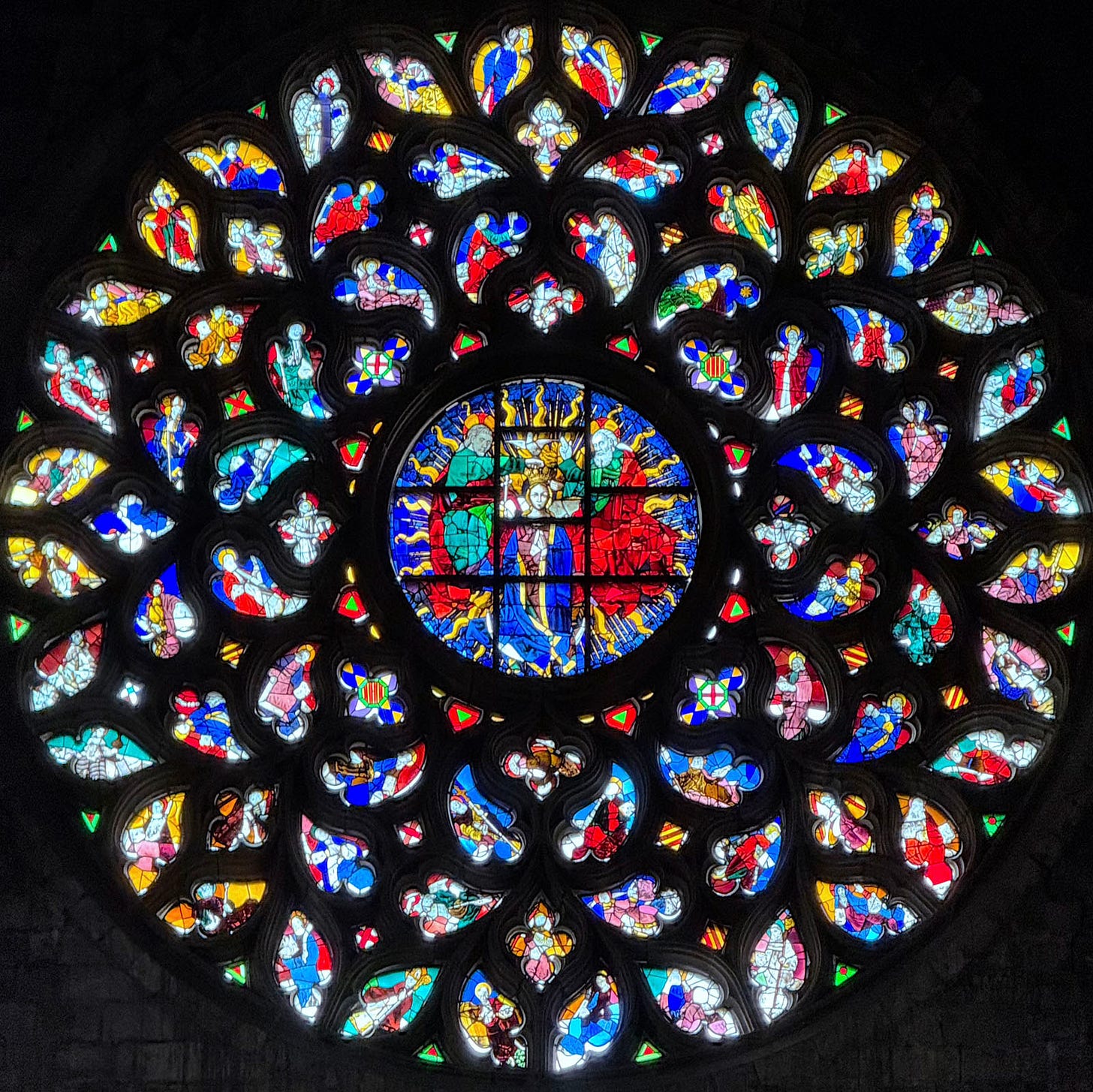
Though the building survived the 1428 earthquake that damaged many Catalan churches, its interior was ravaged by a mob and then fire in 1936, at the start of the Spanish Civil War in 1936. The anticlerical mob that set the blaze destroyed most baroque additions and side altars that had accumulated over centuries.
While devastating, this destruction ironically enhanced the architectural purity we see today — stripping away later Baroque embellishments and revealing the more austere original design. The post-war restoration focused on preserving this structural clarity rather than recreating lost decorative elements, allowing modern visitors to experience something closer to the architects' original vision.
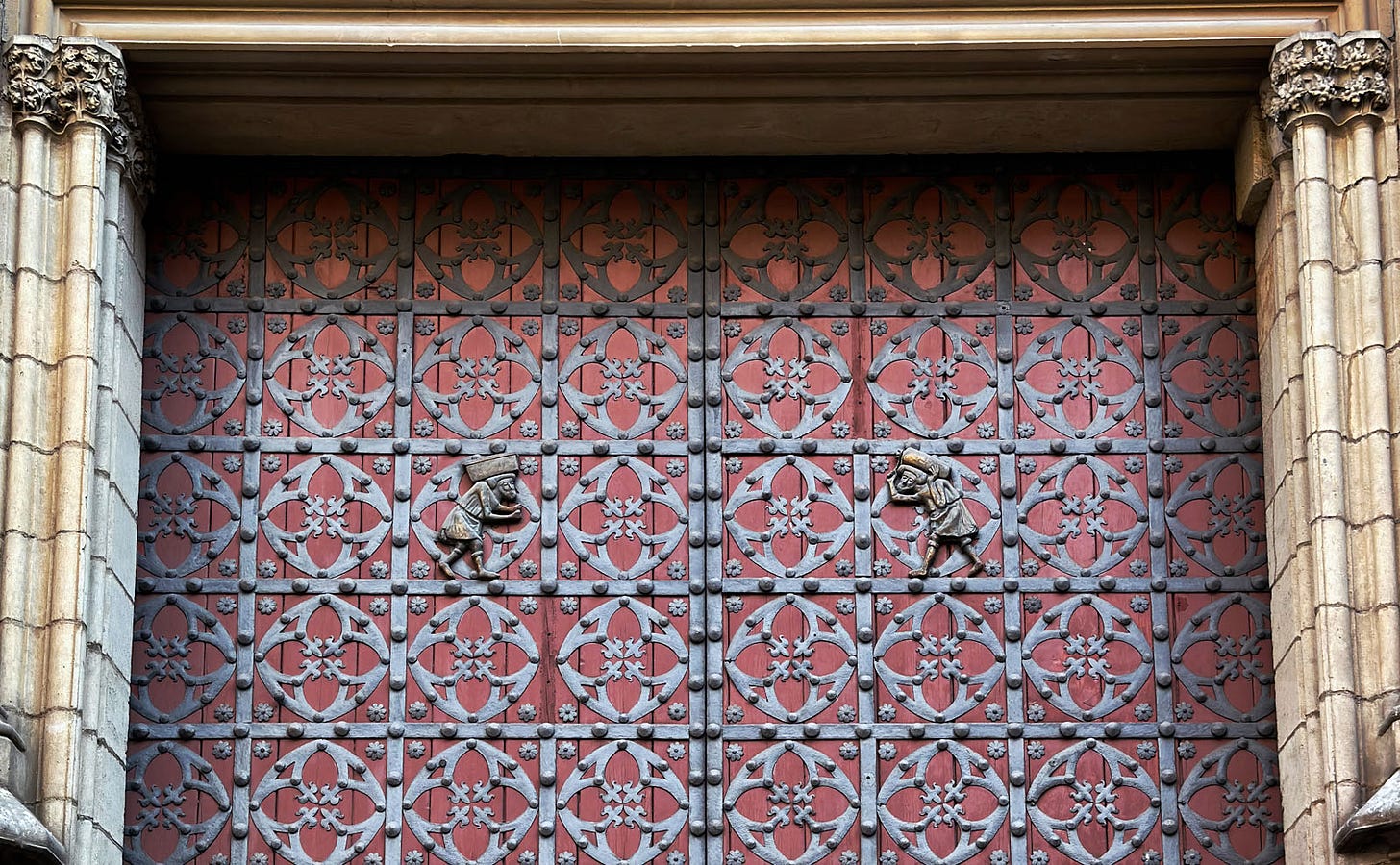
Photo Tour
The basilica is largely hemmed in by neighboring buildings, except for the south side (figure 4). The exterior features heavy massing and quite plain with ornamentation focused on select areas. Figure 2 above shows the upper portion of the west facade, and figures 7-9 show the west portal, one of the few areas of the exterior with sculptural elements — but even here there is not much.
Entrance to the cathedral is actually from the southwest corner of the building, at the rear of the church.
Figures 12-16 focus on the nave, and in particular figure 13 provides a good sense of just how wide open the space is, with slender columns and extremely tall side aisles.
There is no triforium here, and the clerestories are small, with each bay punctuated by a single small rose window.
While the open feel of the nave creates a sense of horizontality on the west side of the church, as you approach the apse and high altar (figures 18-20), the height of the space comes to the fore.
The ambulatory around the high altar features an upper gallery level, as the side chapels radiating off it are split into two stories. Payment of a small fee gives you access to this space, where there are a few historical exhibits and some amazing photo opportunities (figures 21-24).
The flying buttress were common by the time Santa Maria was built, they were not used here. Instead, heavy engaged buttresses form sets of three side chapels in each side aisle bay. The elegant rhythm this creates can easily be appreciated from the nave (figures 25-27).
Most of the side chapels have very simple arrangements of altars, reliquaries, or devotional sculptures. While I personally love the exuberance of highly decorated Gothic, there is a sublime beauty in this space that is hard to shake, even as I write this — over six months after my visit.
** Please like and/or restack this post if you enjoyed it; it helps others to find it! **
Visiting Advice & Conclusion
My Visit Date: 23 September 2024
If you are in Barcelona and like Gothic architecture, make sure to get out of the Gothic Quarter and visit here. Not only will you see the greatest work of Gothic in the city but you can explore the “real” neighborhood of La Ribera, which has a much different feel from most anywhere else a tourist is likely to visit in the city.
There is a small entrance fee, and additional fees to visit the ambulatory balcony/triforium and to climb up to the roof. Both experiences are well worth the money.
In closing, Santa Maria del Mar is the quintessential expression of Catalan Gothic — a testament to Barcelona's mercantile golden age that adapts Gothic principles to Mediterranean sensibilities. While it may lack the decorative exuberance of Northern Gothic, Santa Maria del Mar offers something perhaps more profound: a perfect synthesis of form, light, and space that captures the practical spirituality of medieval Catalonia's civic culture.





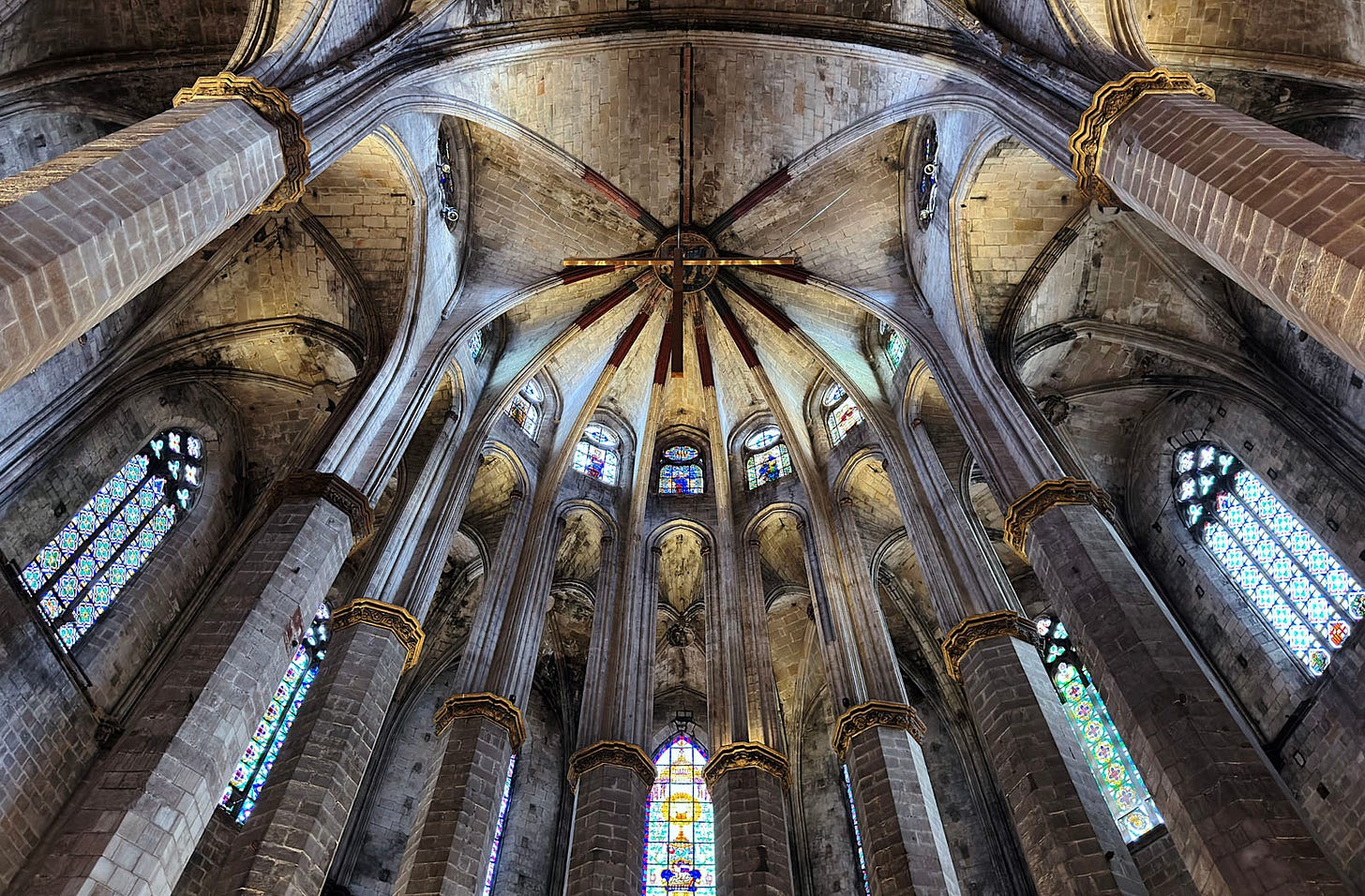
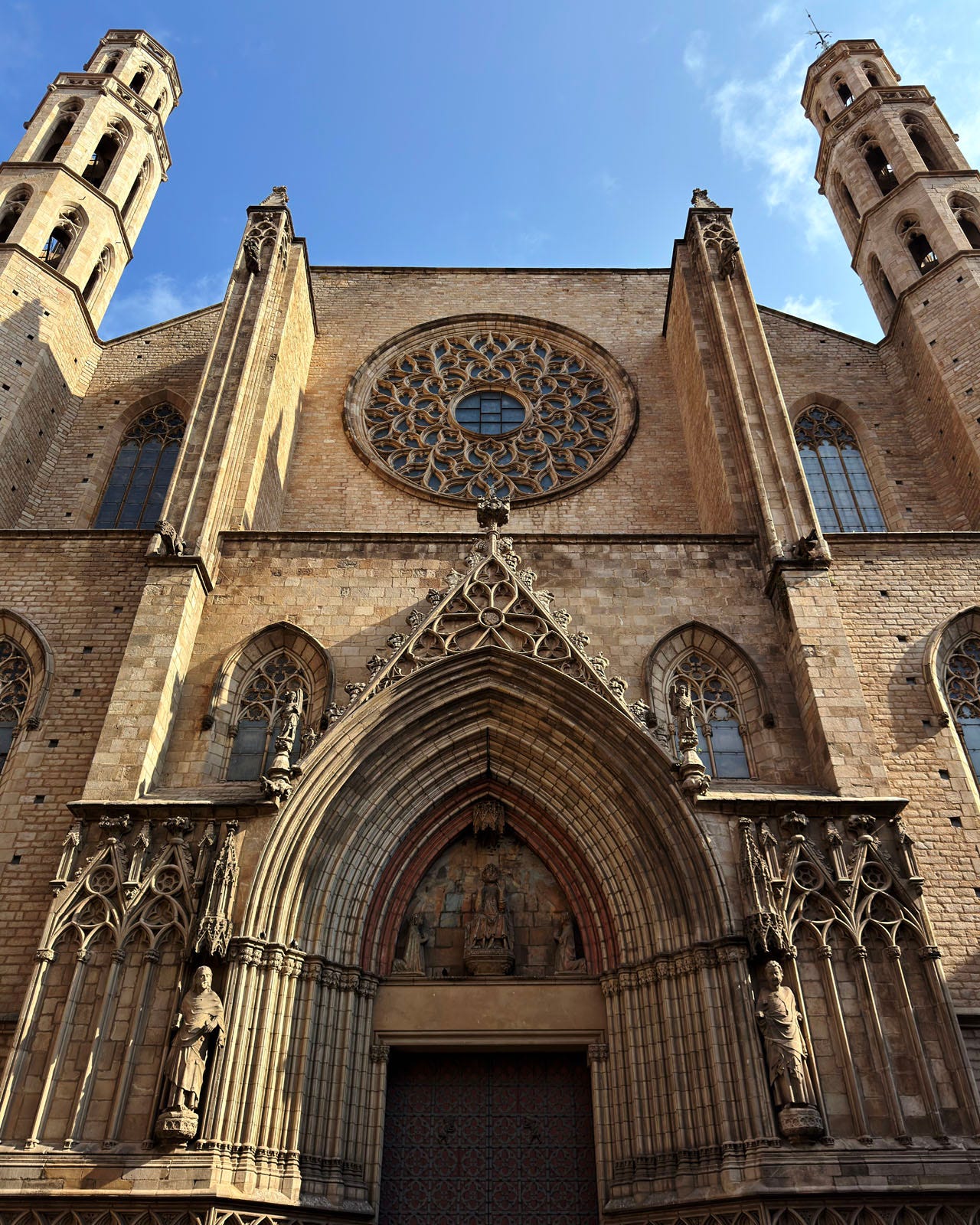
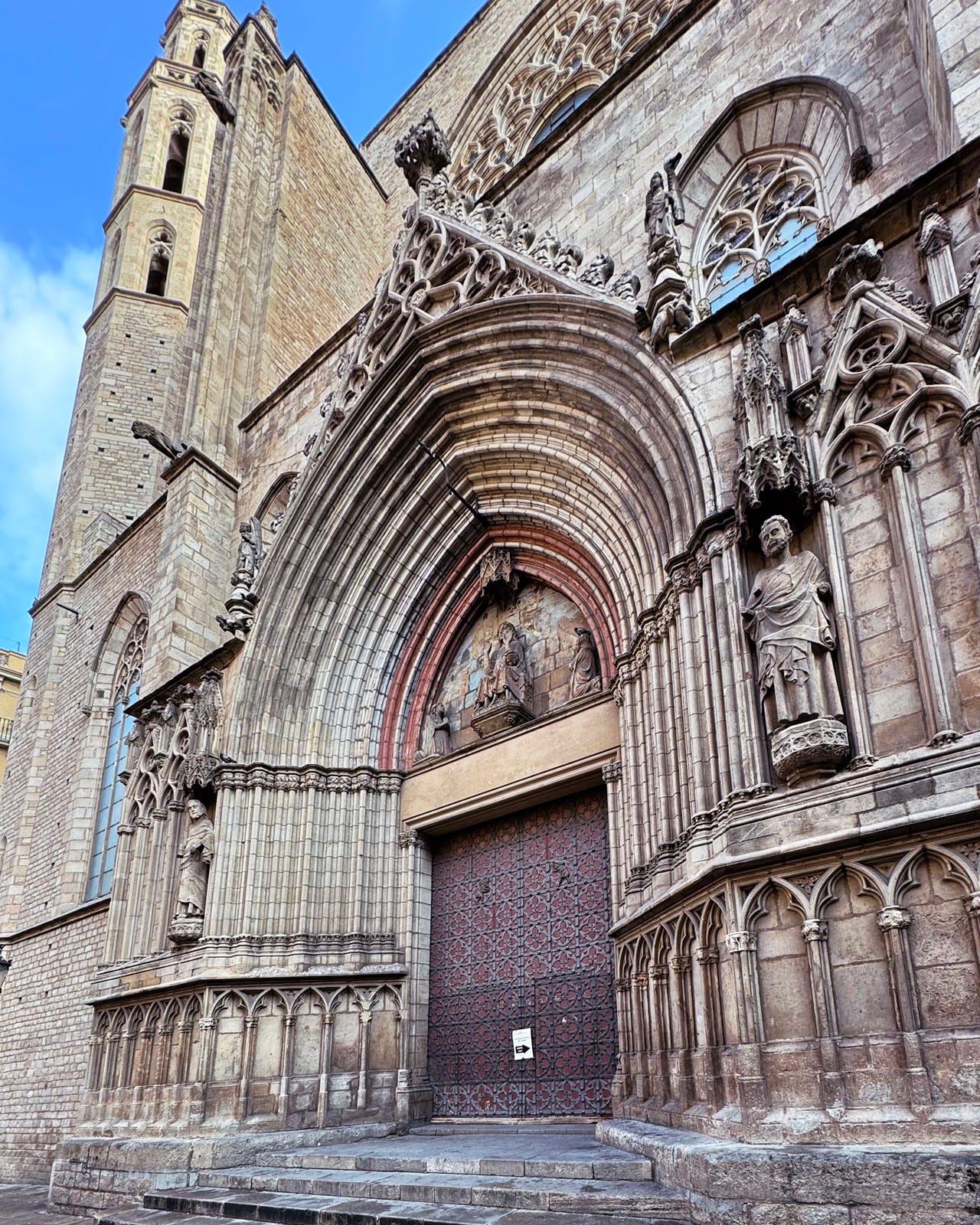
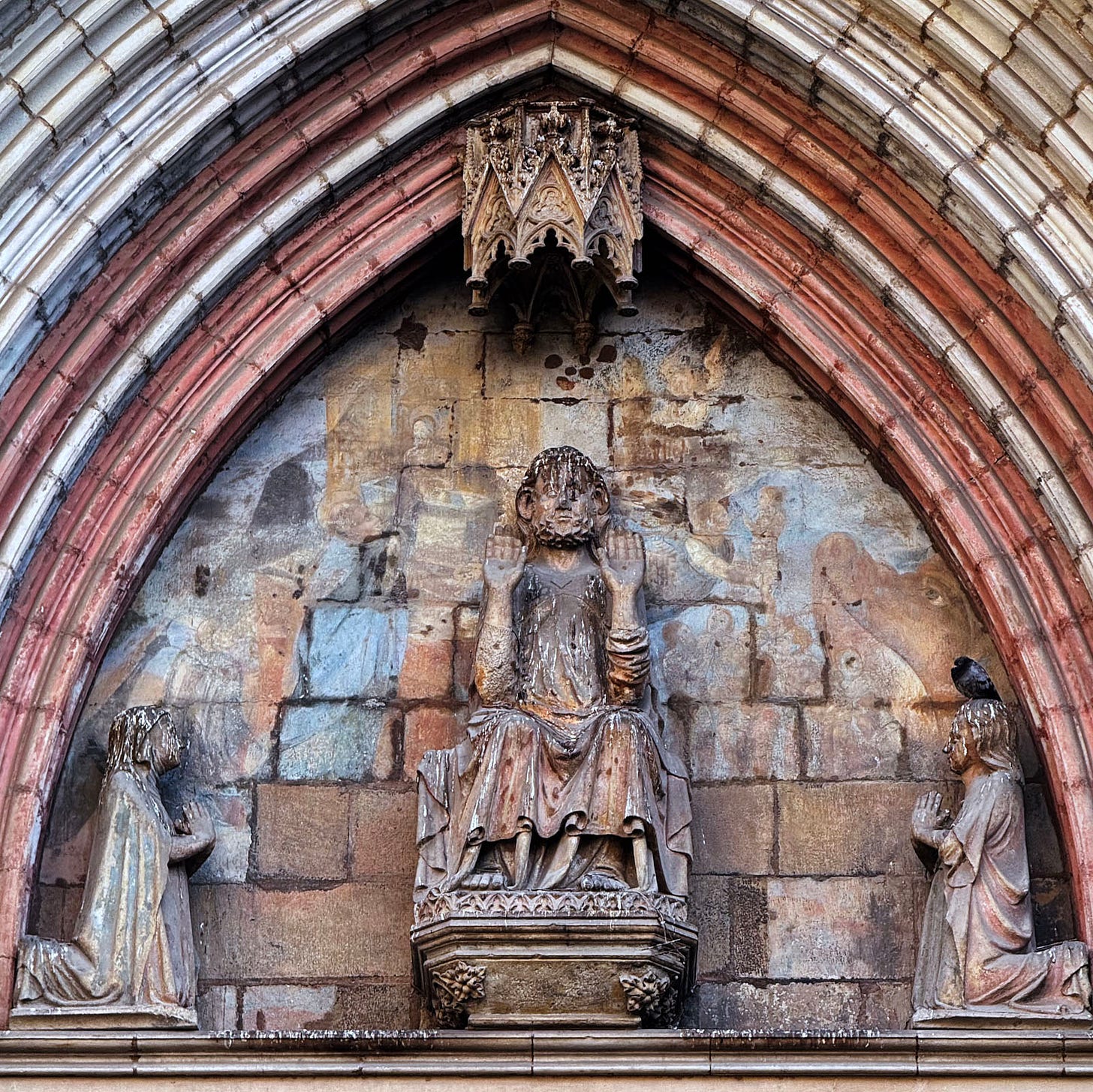
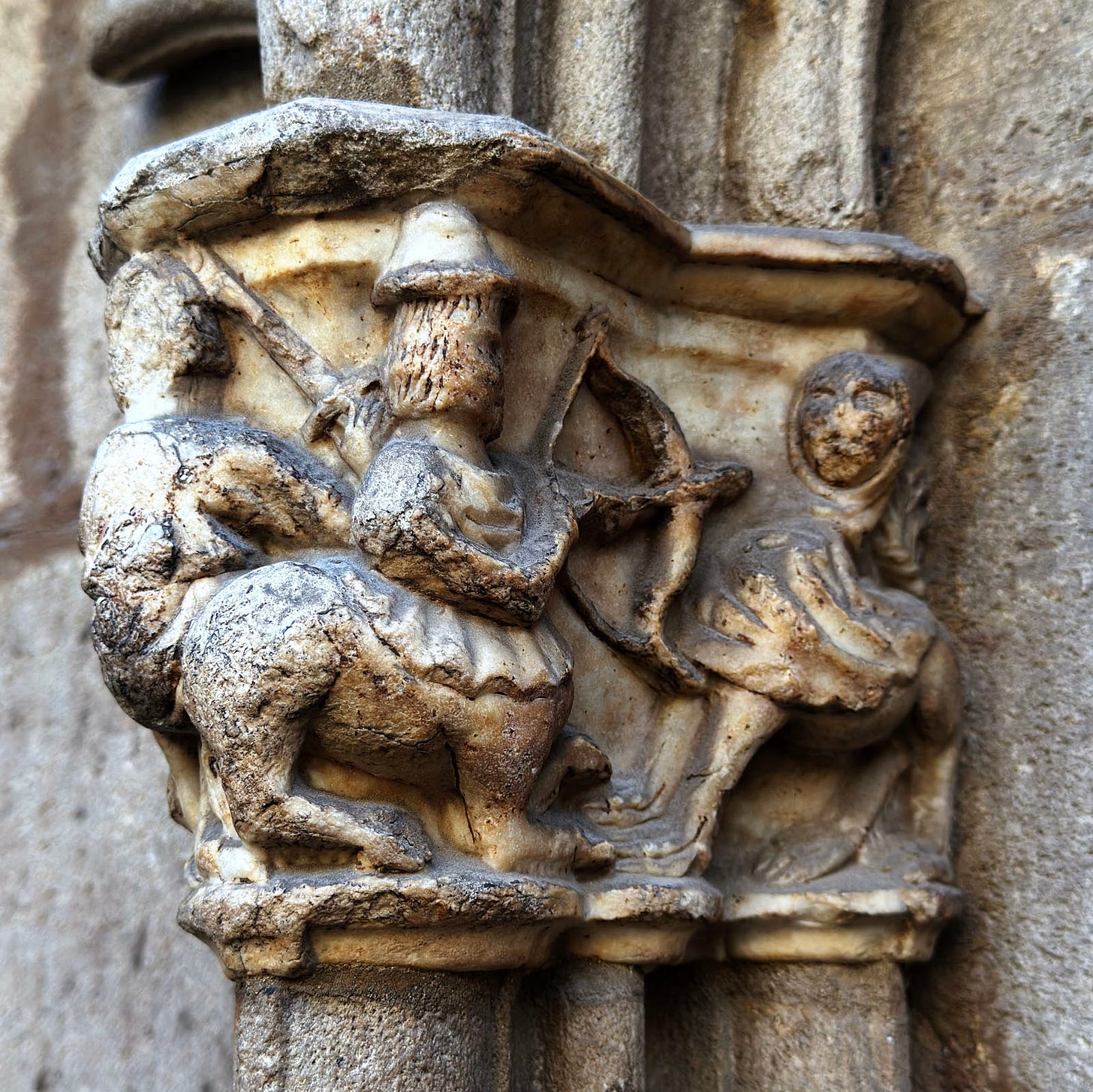
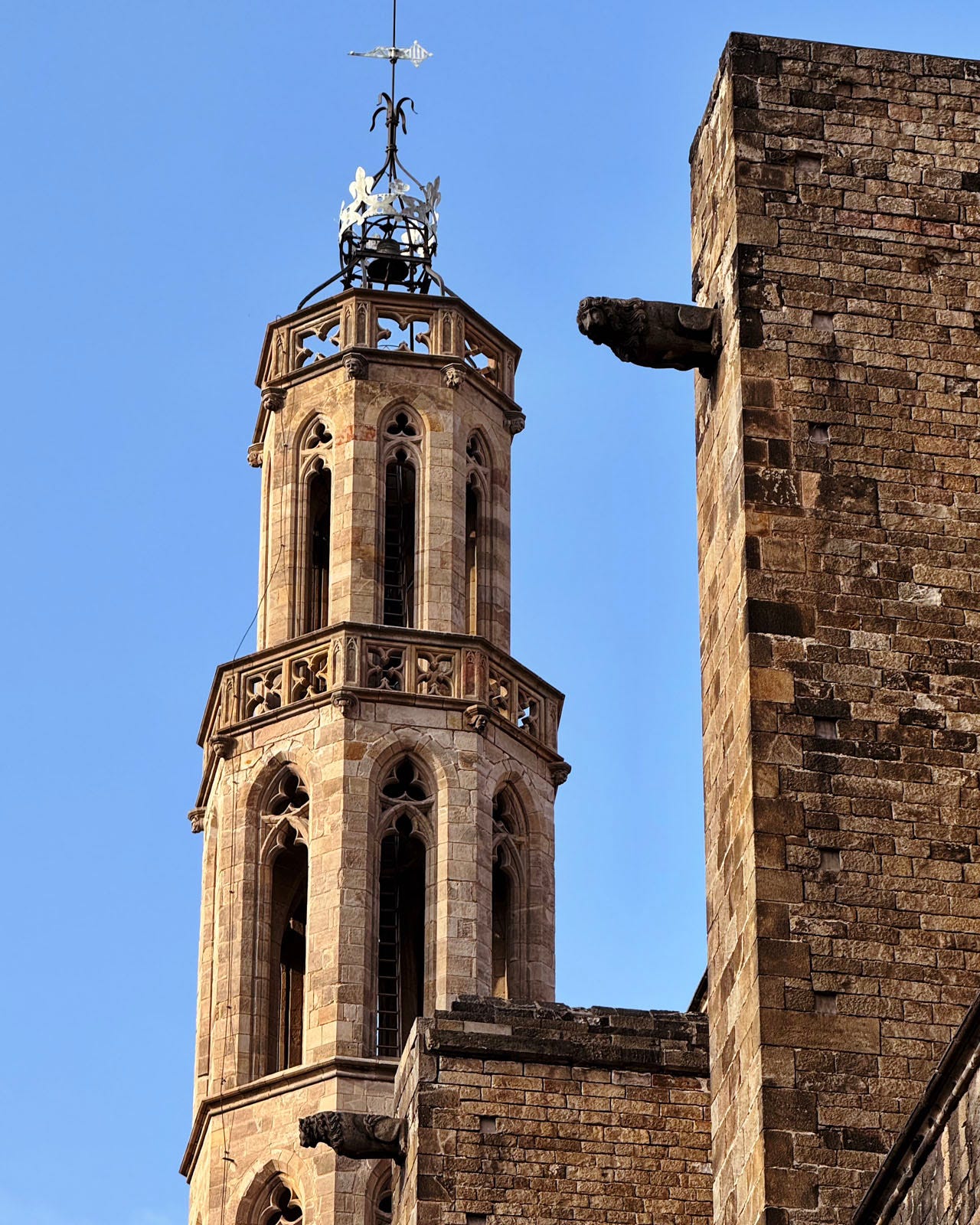
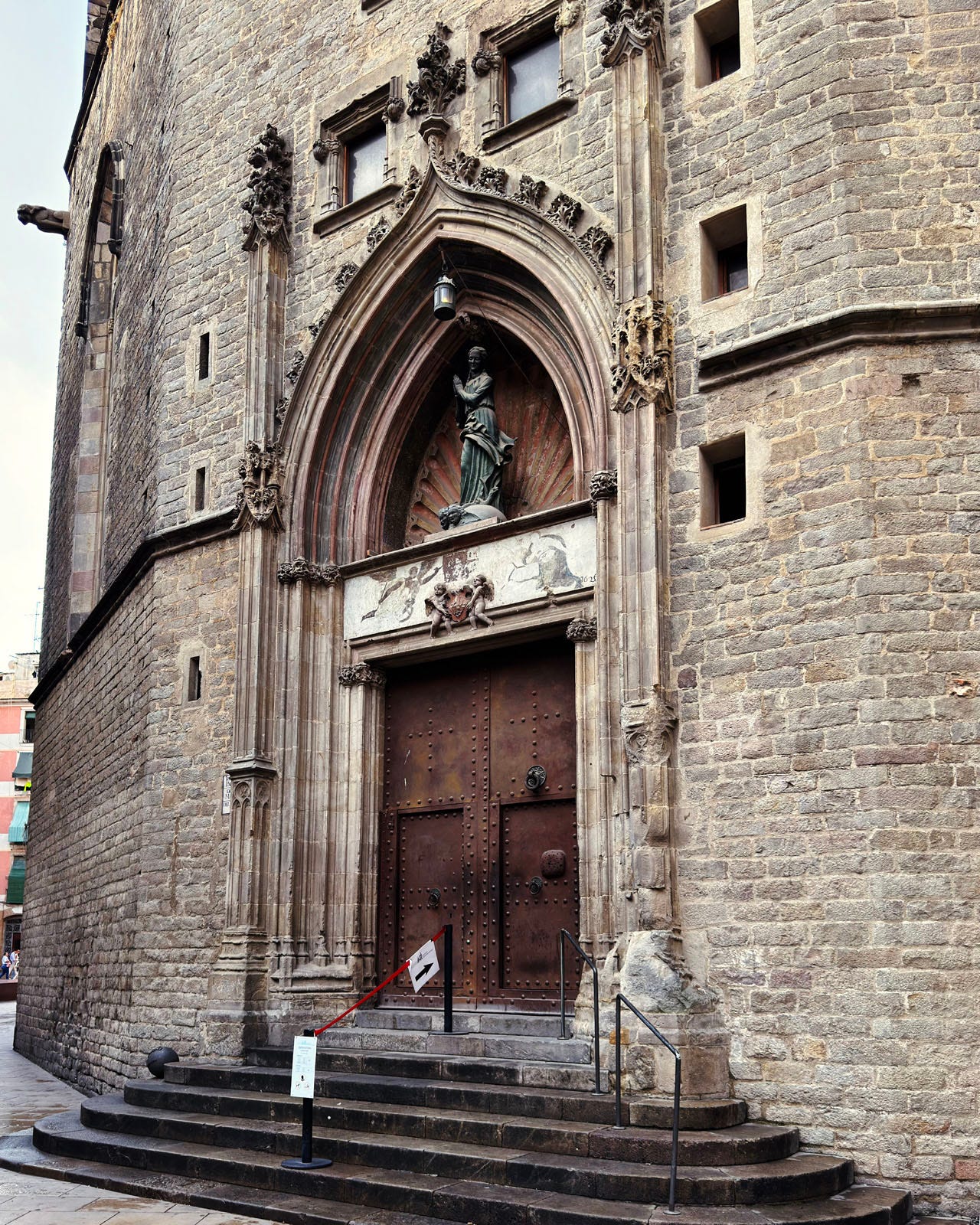
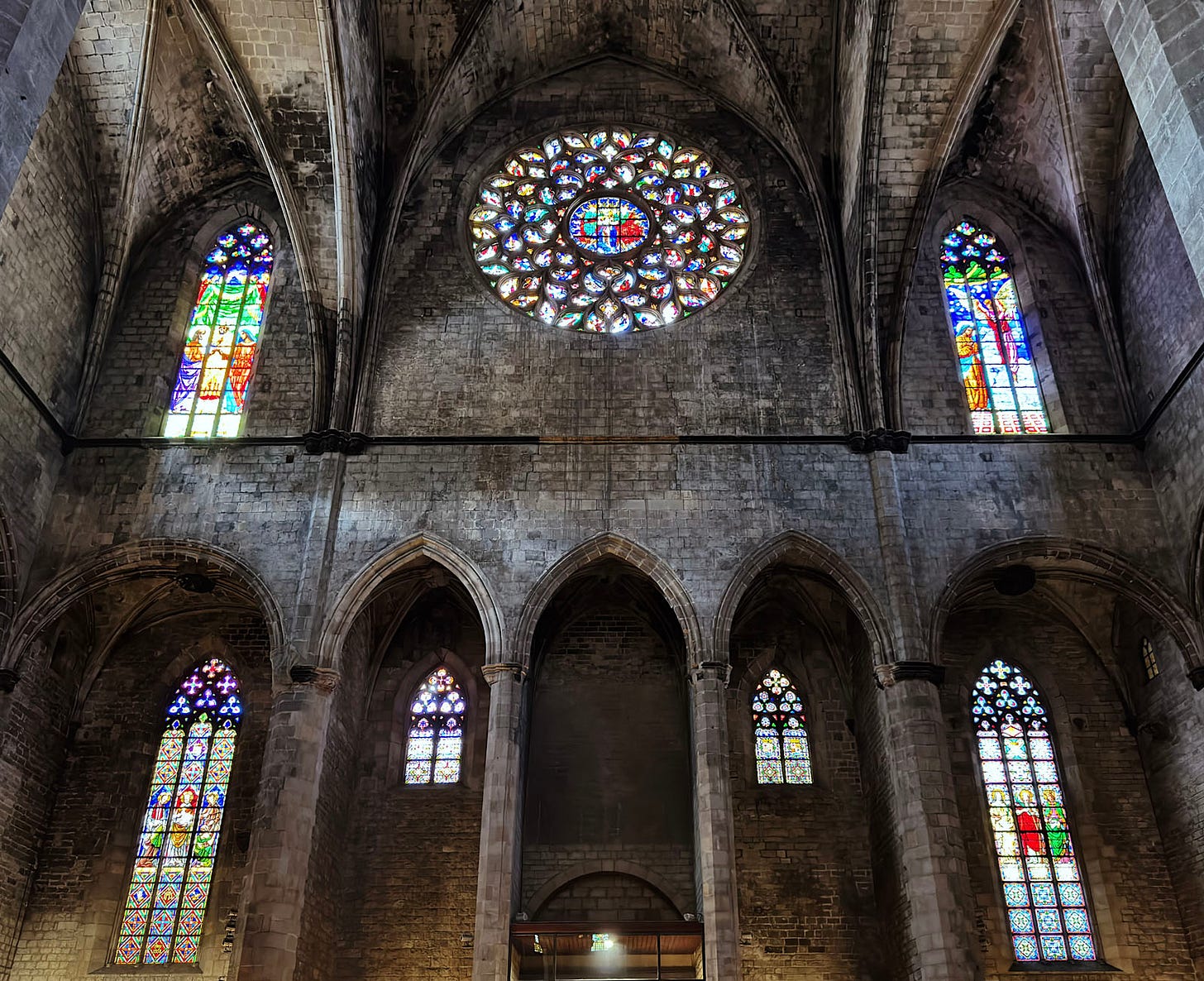
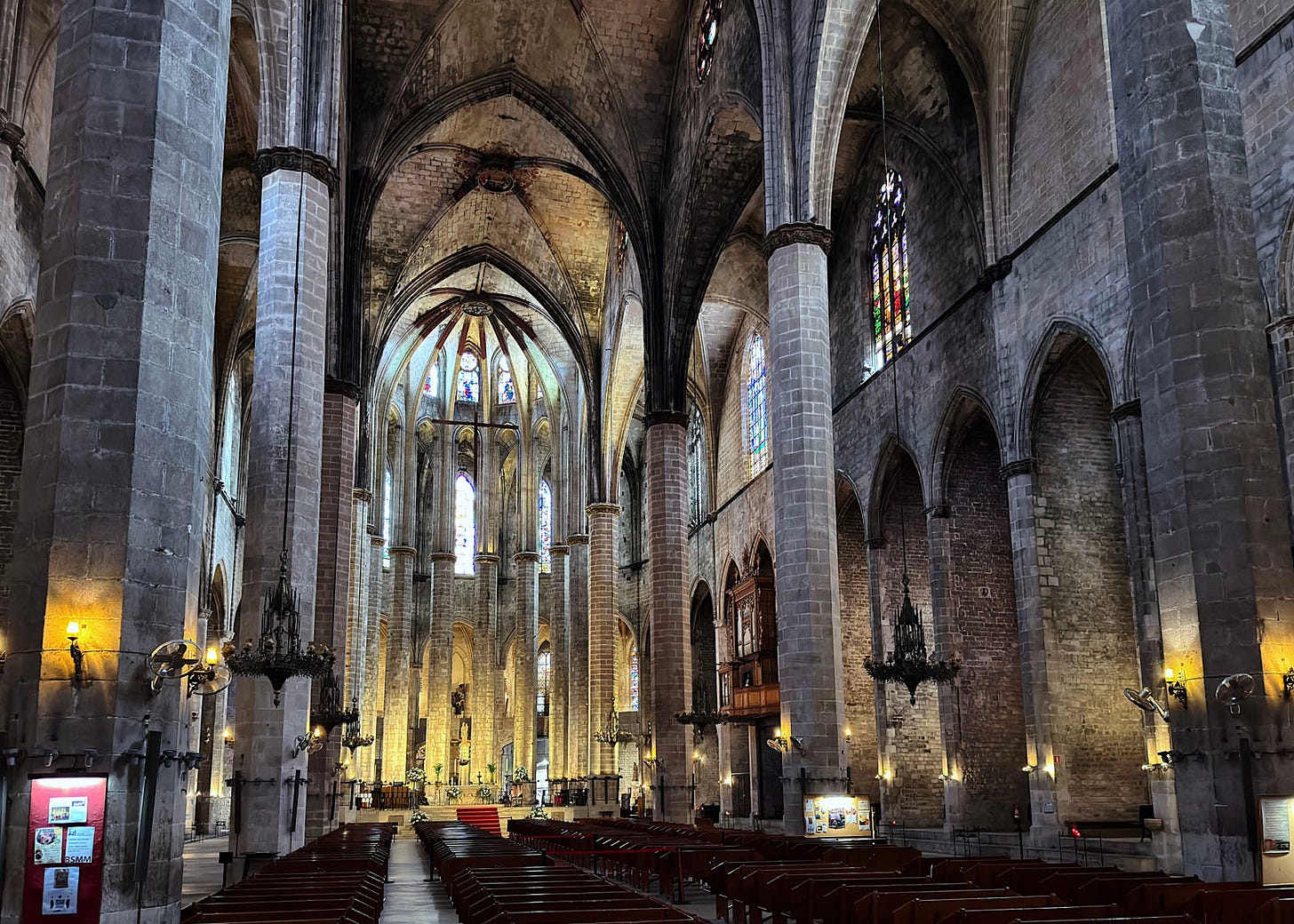
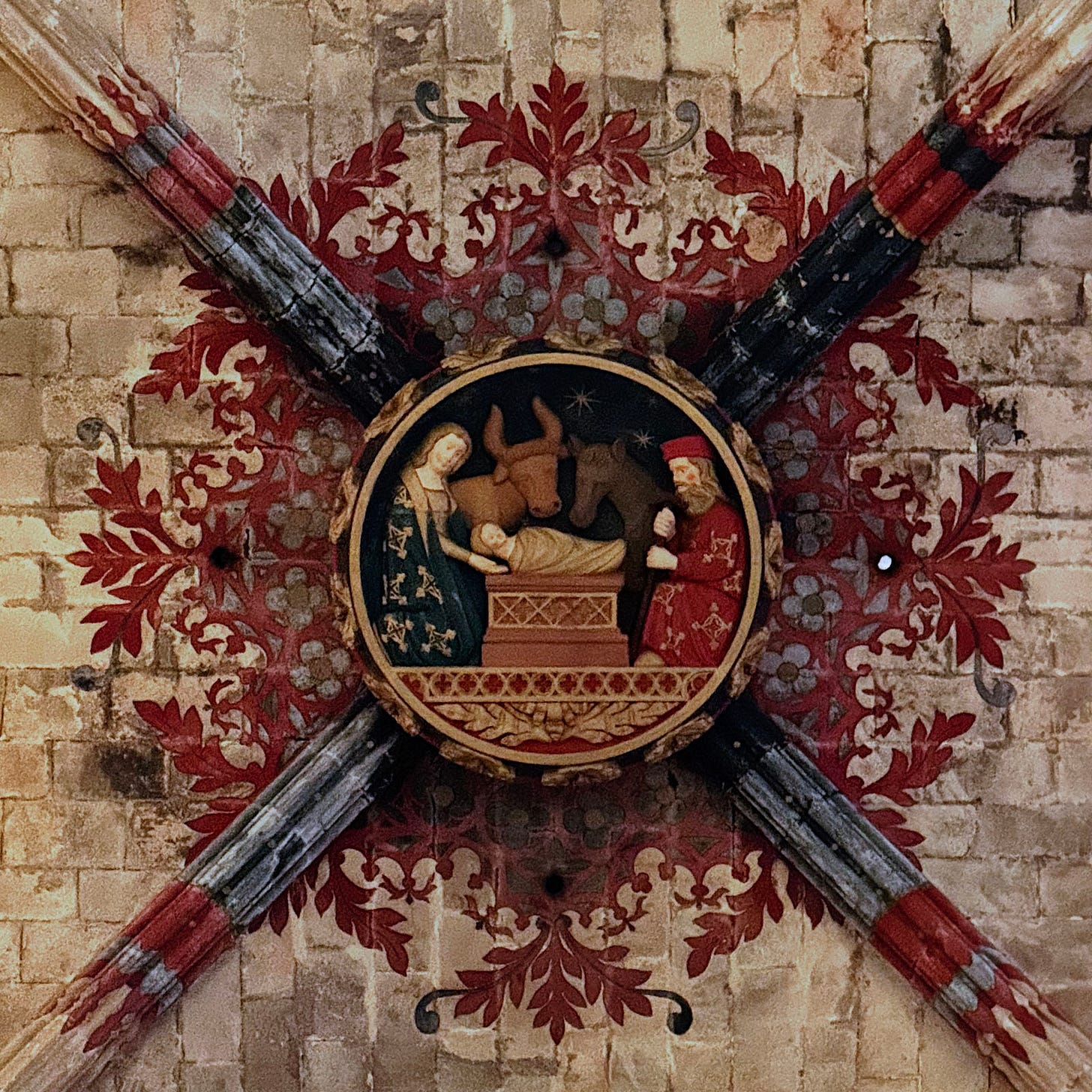
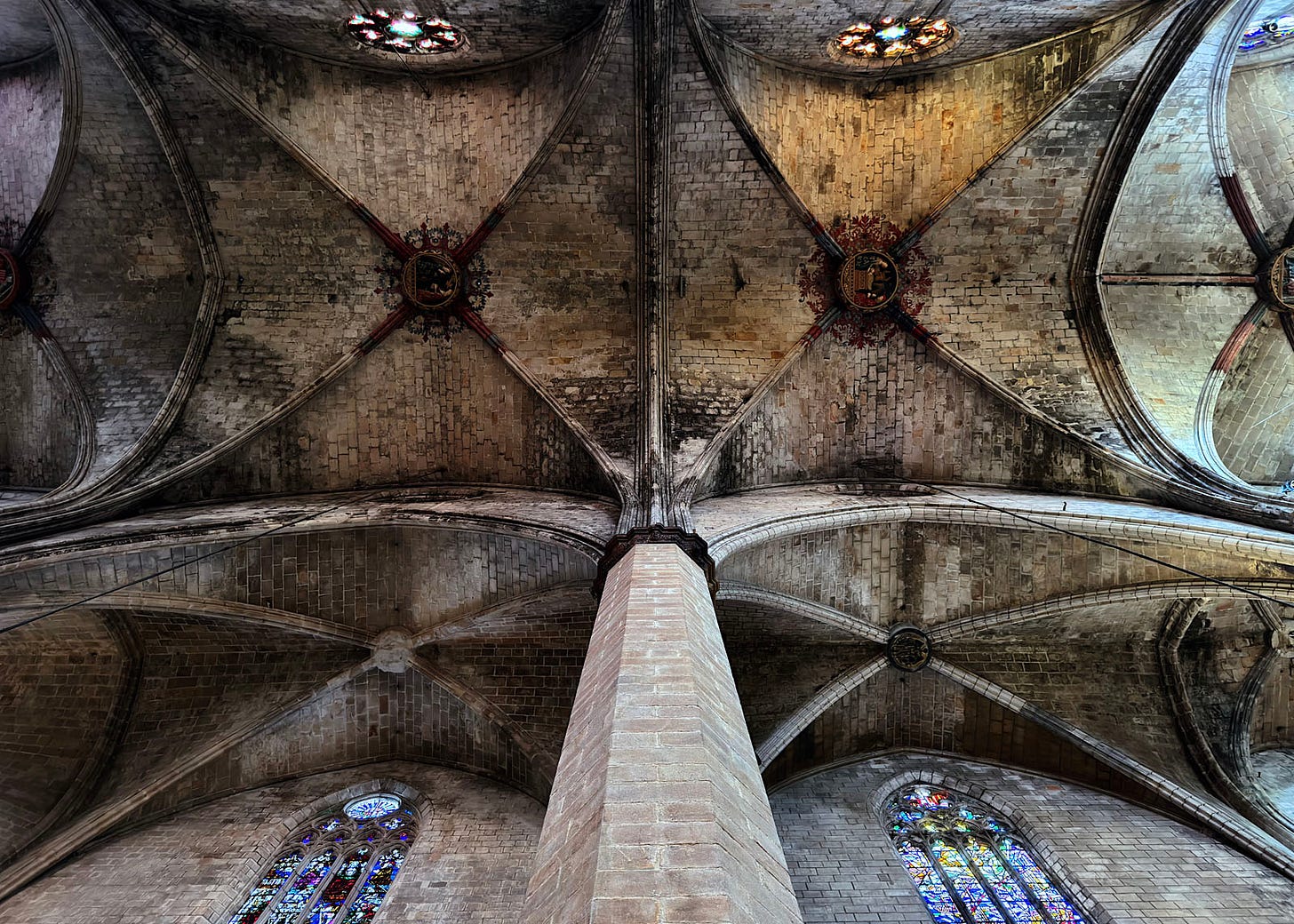
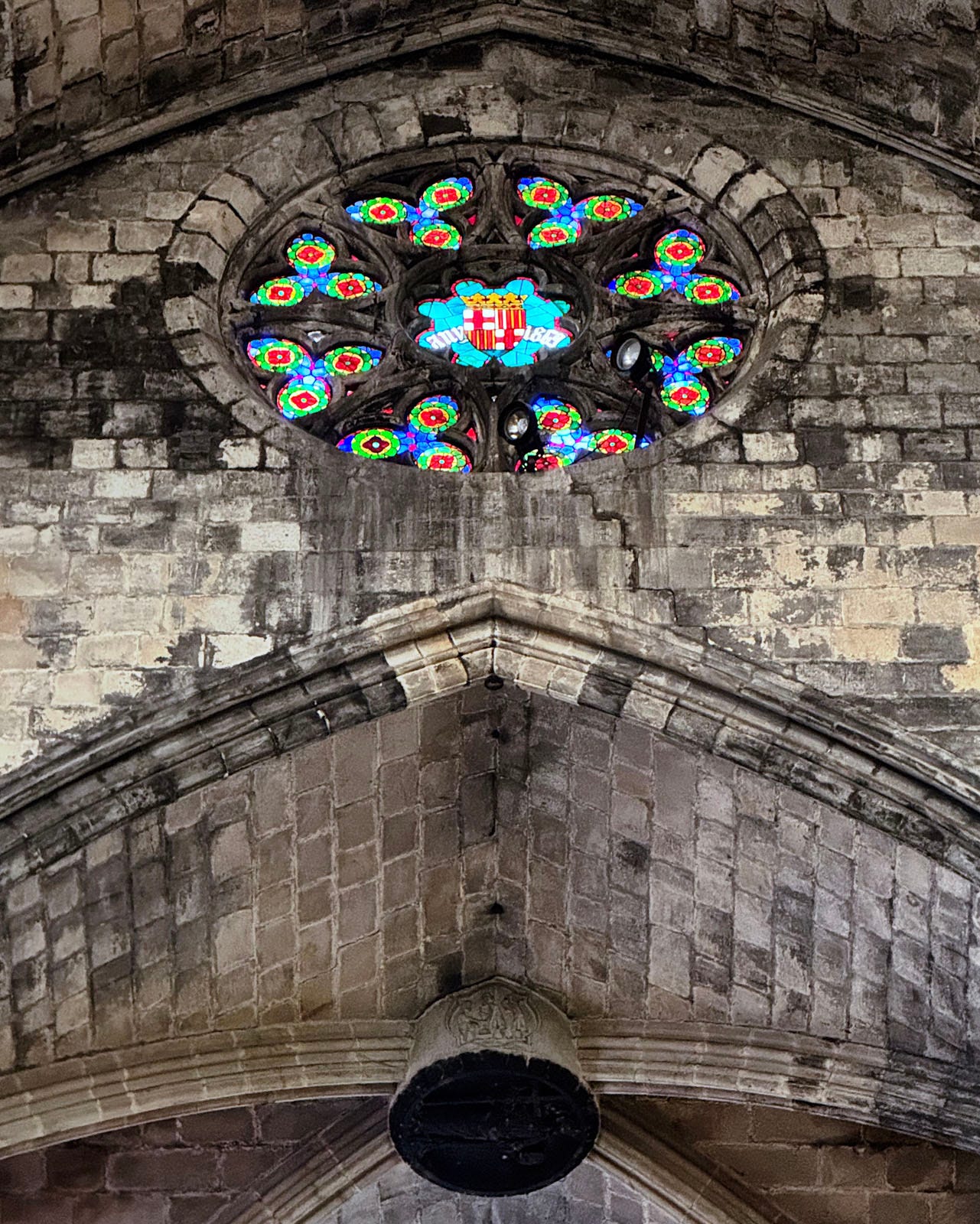
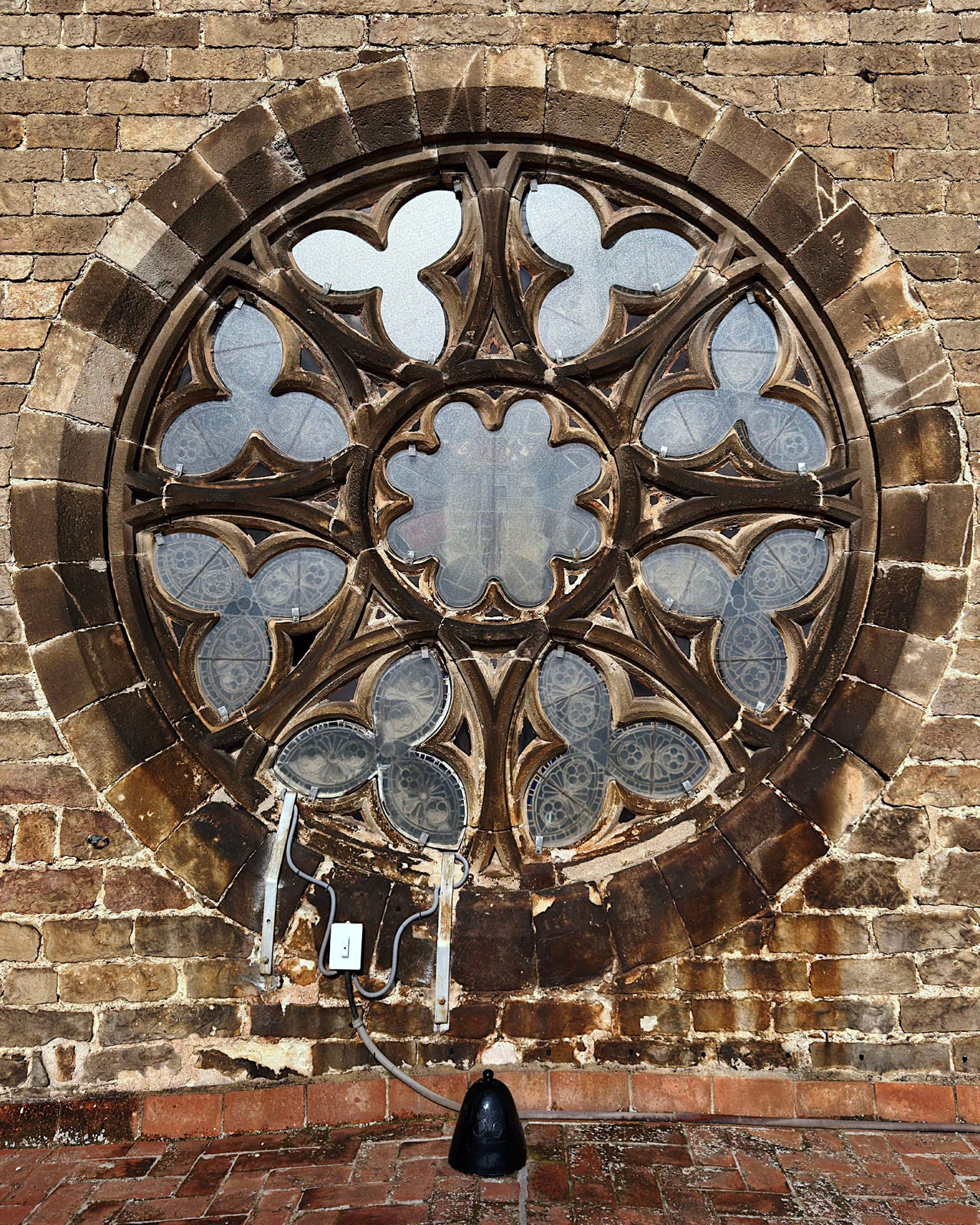
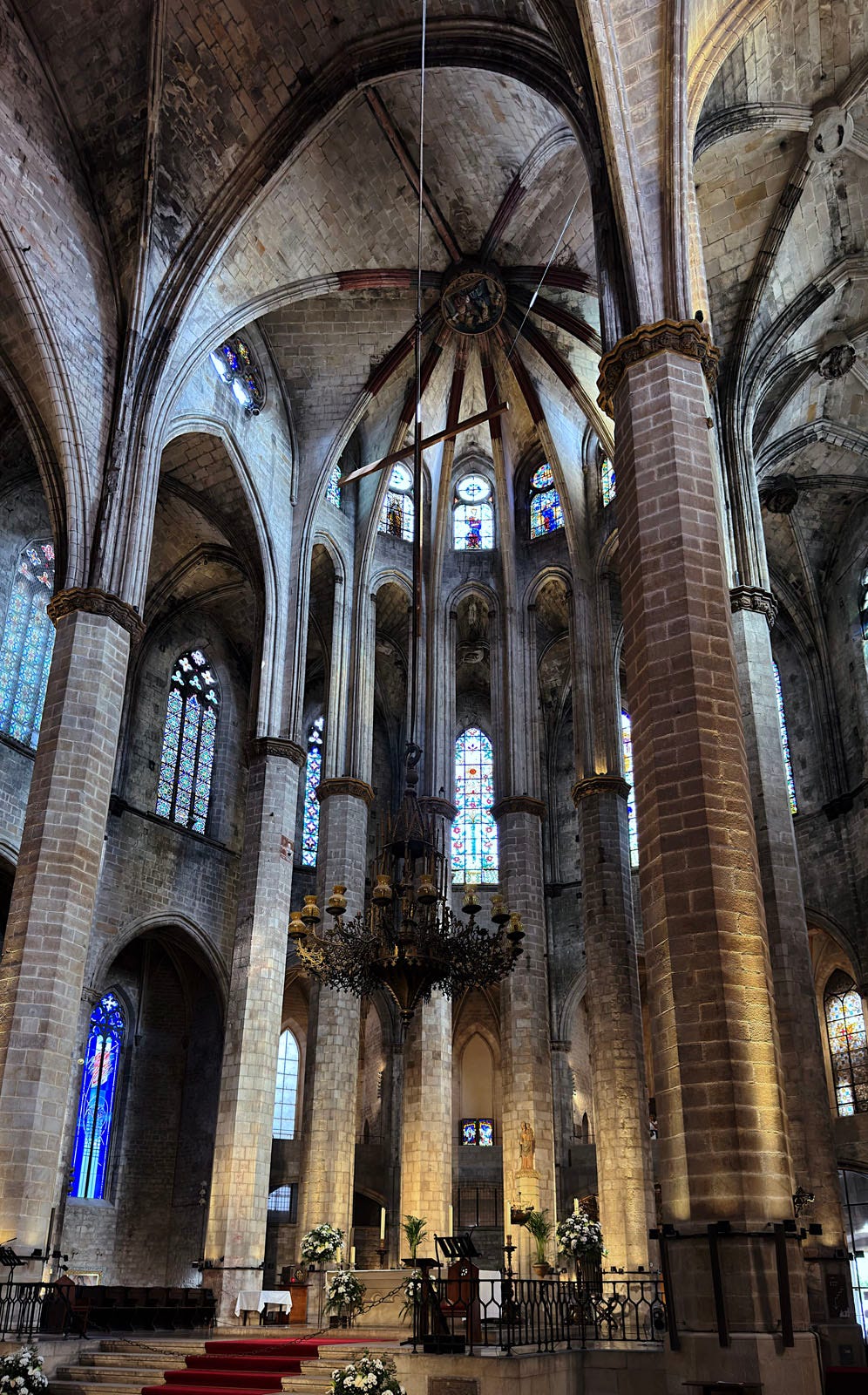

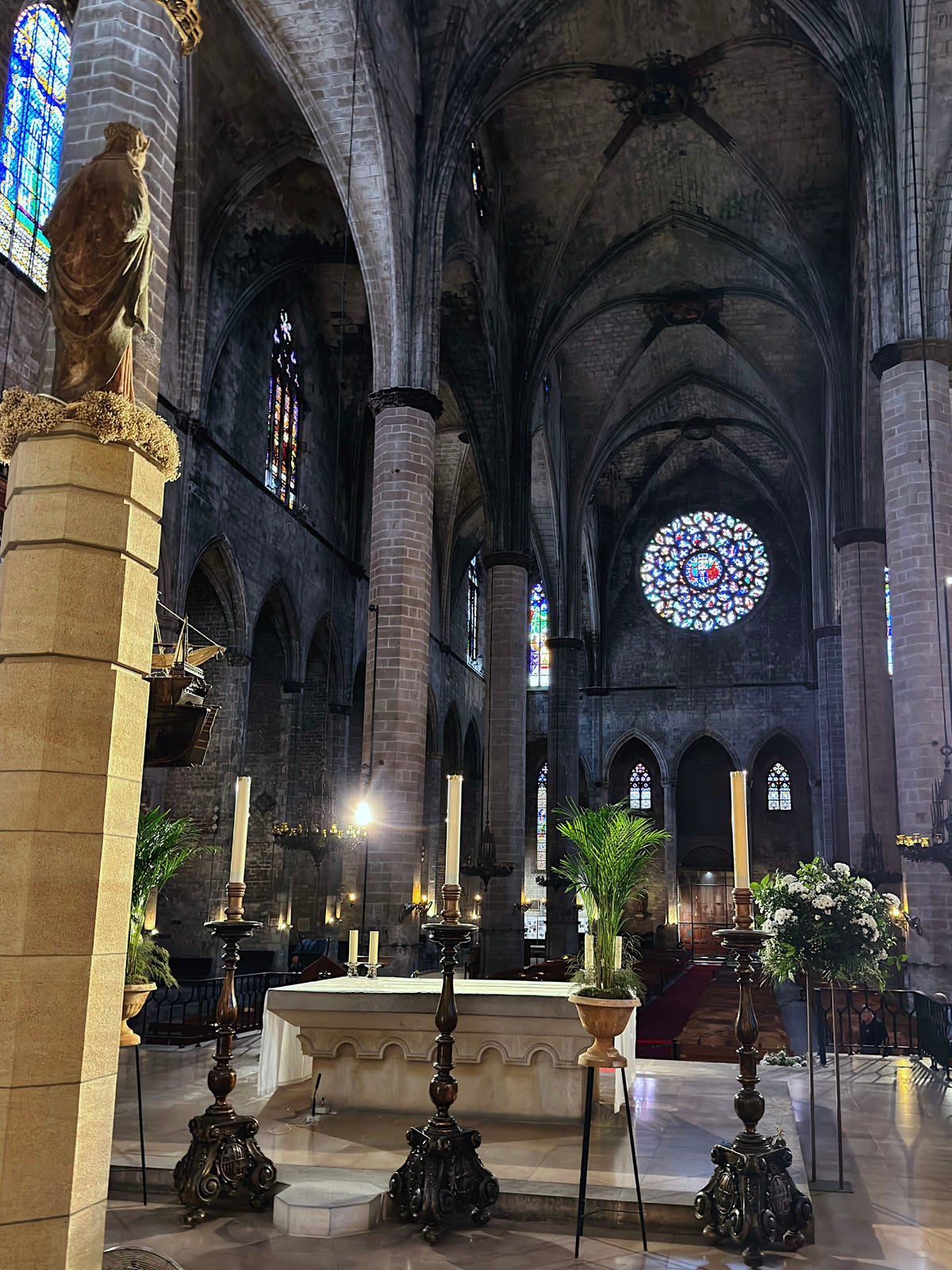
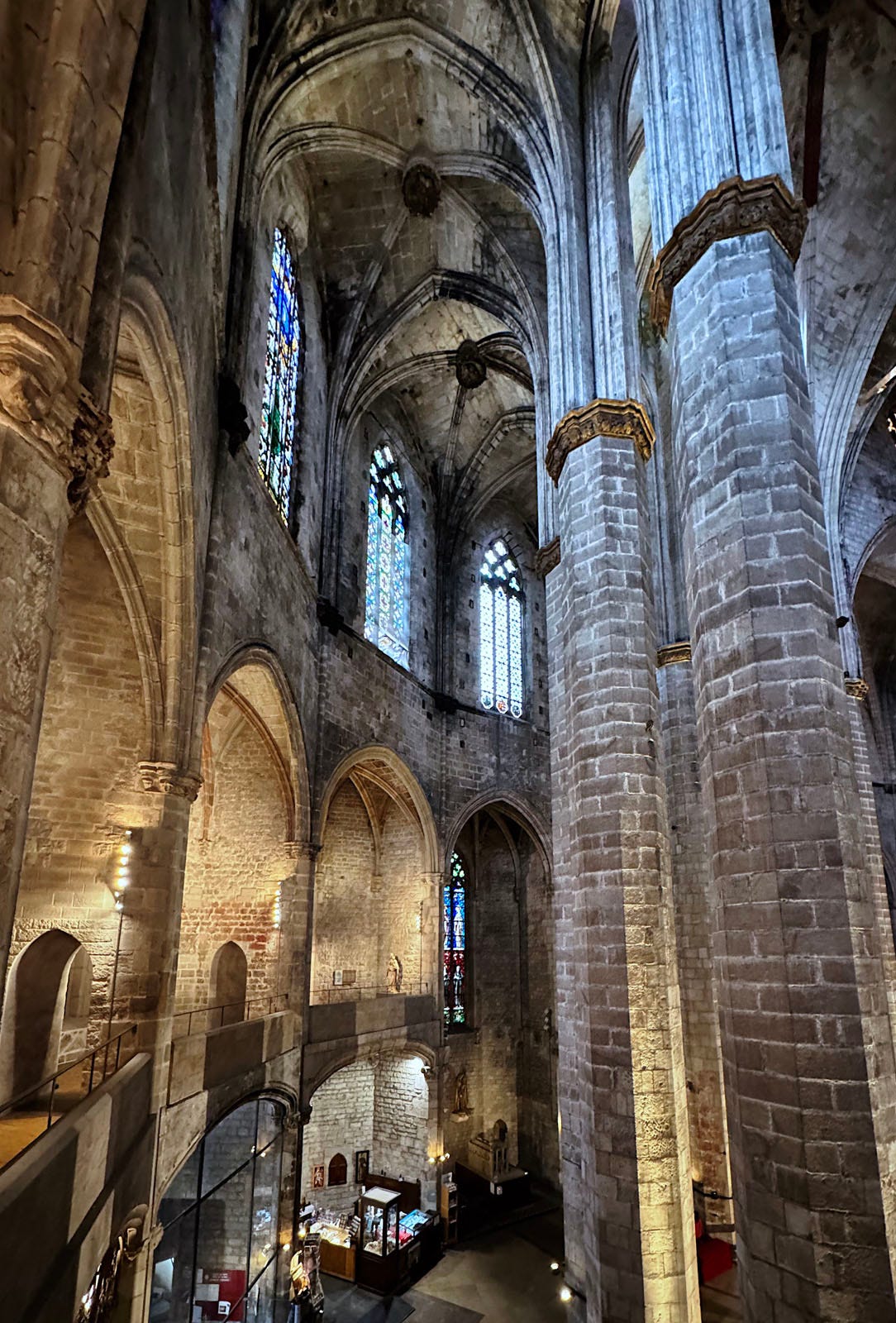
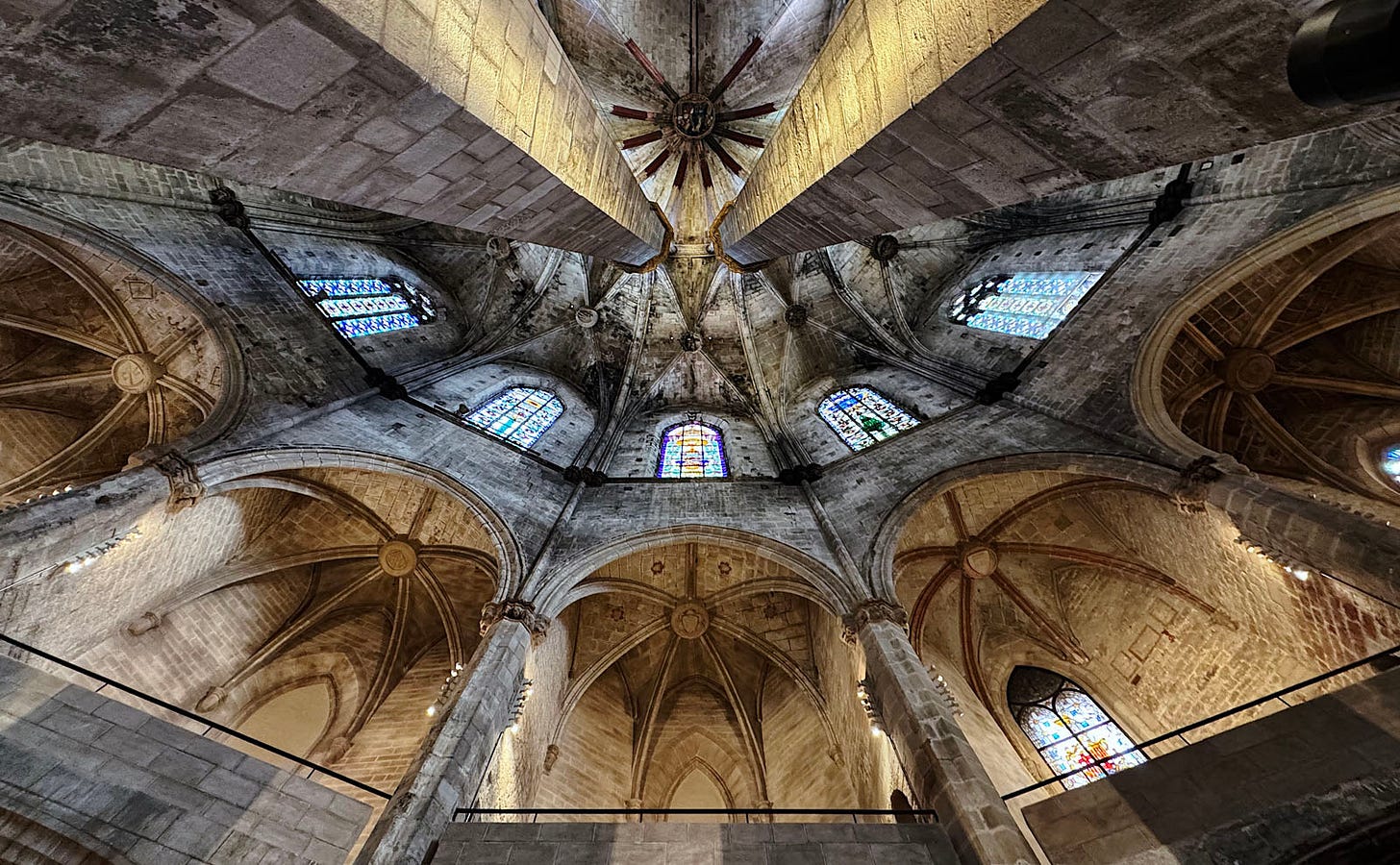
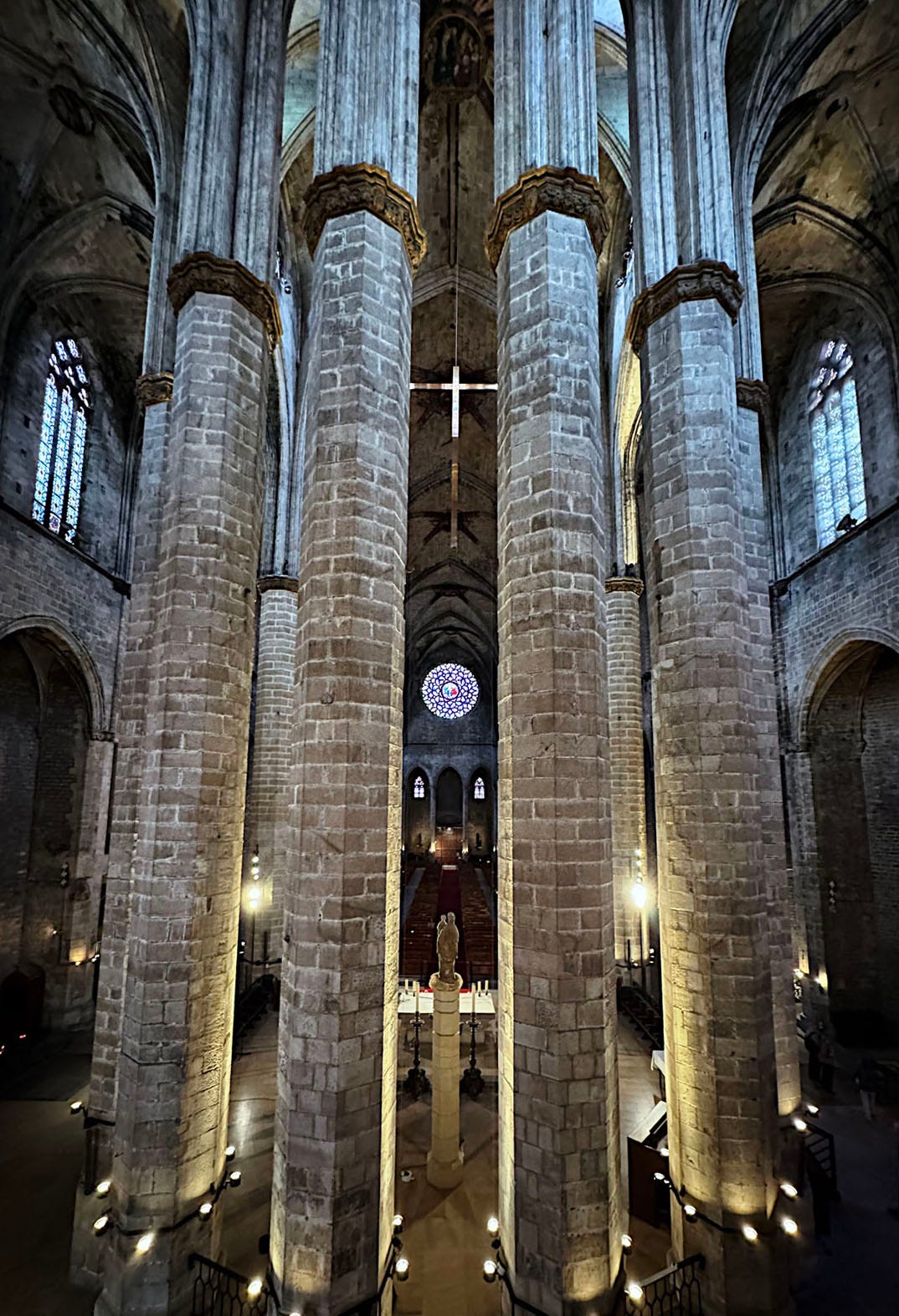
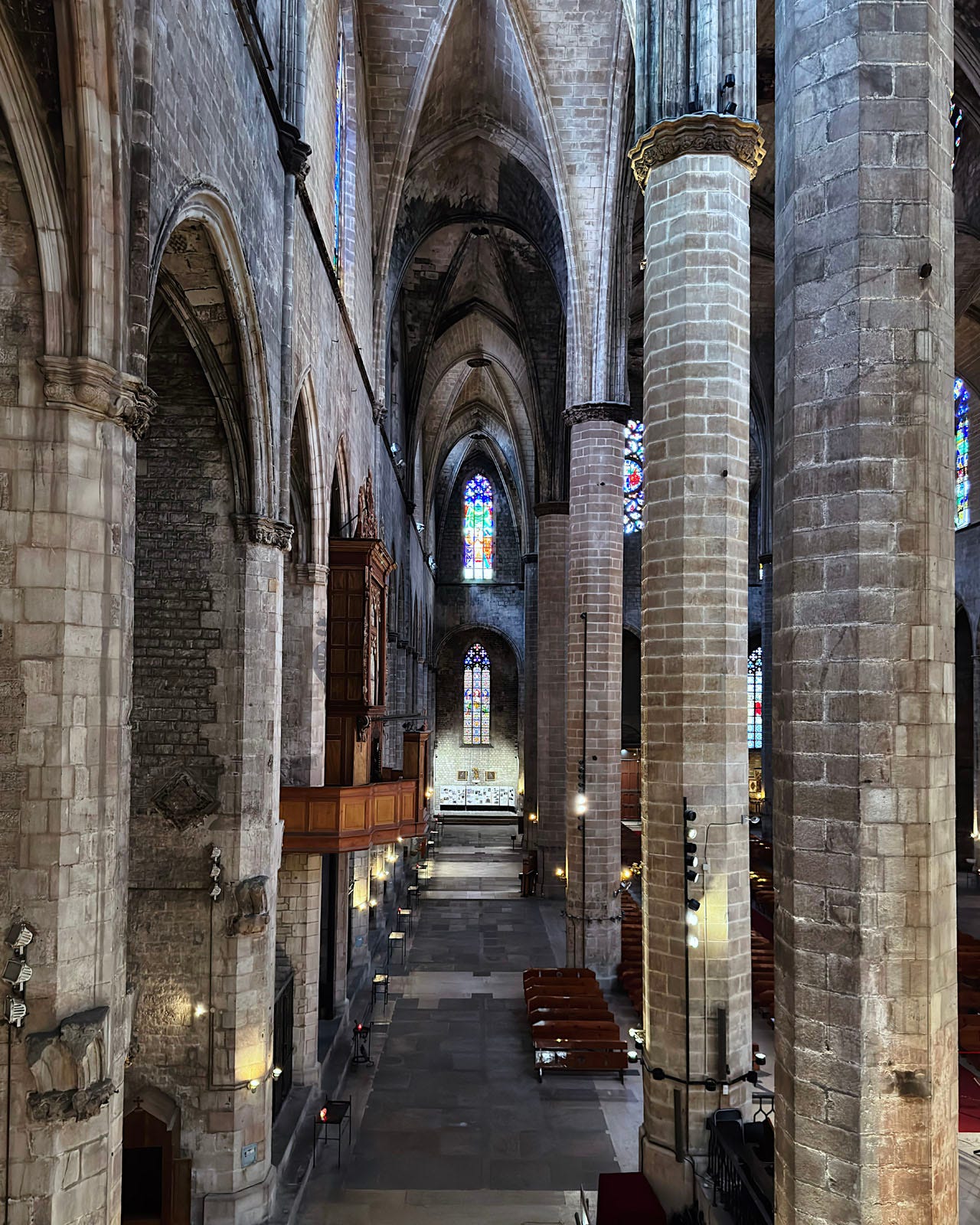
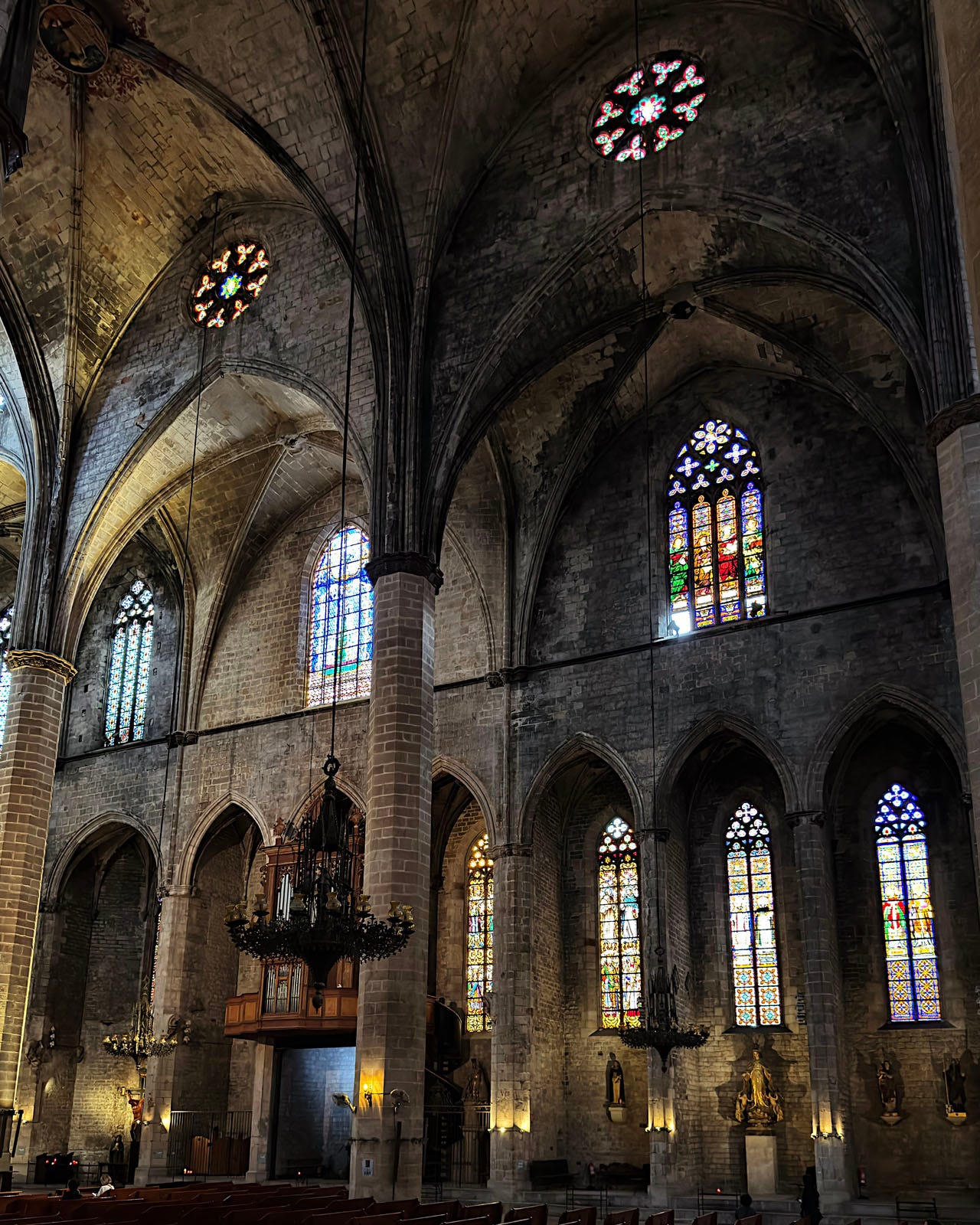
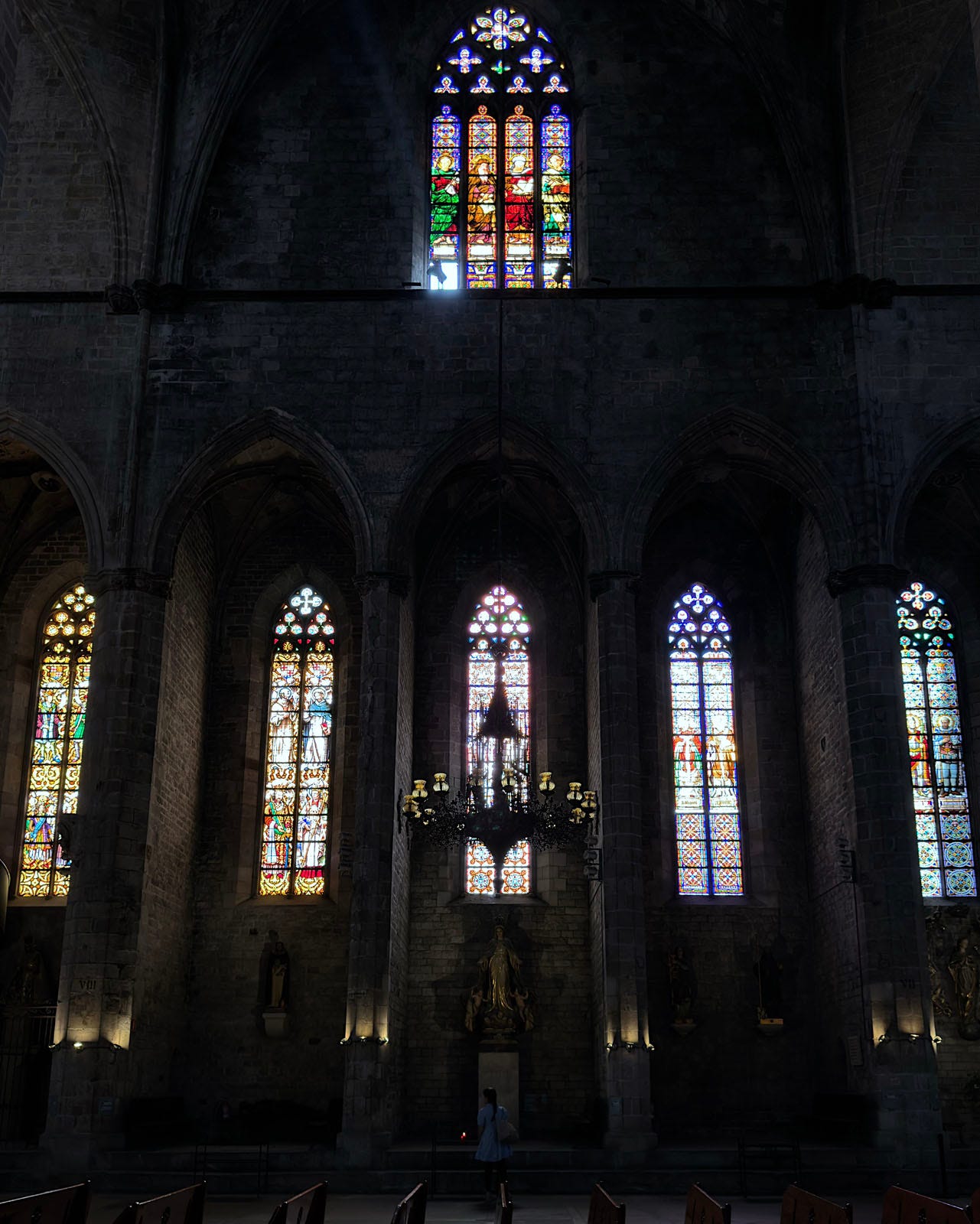

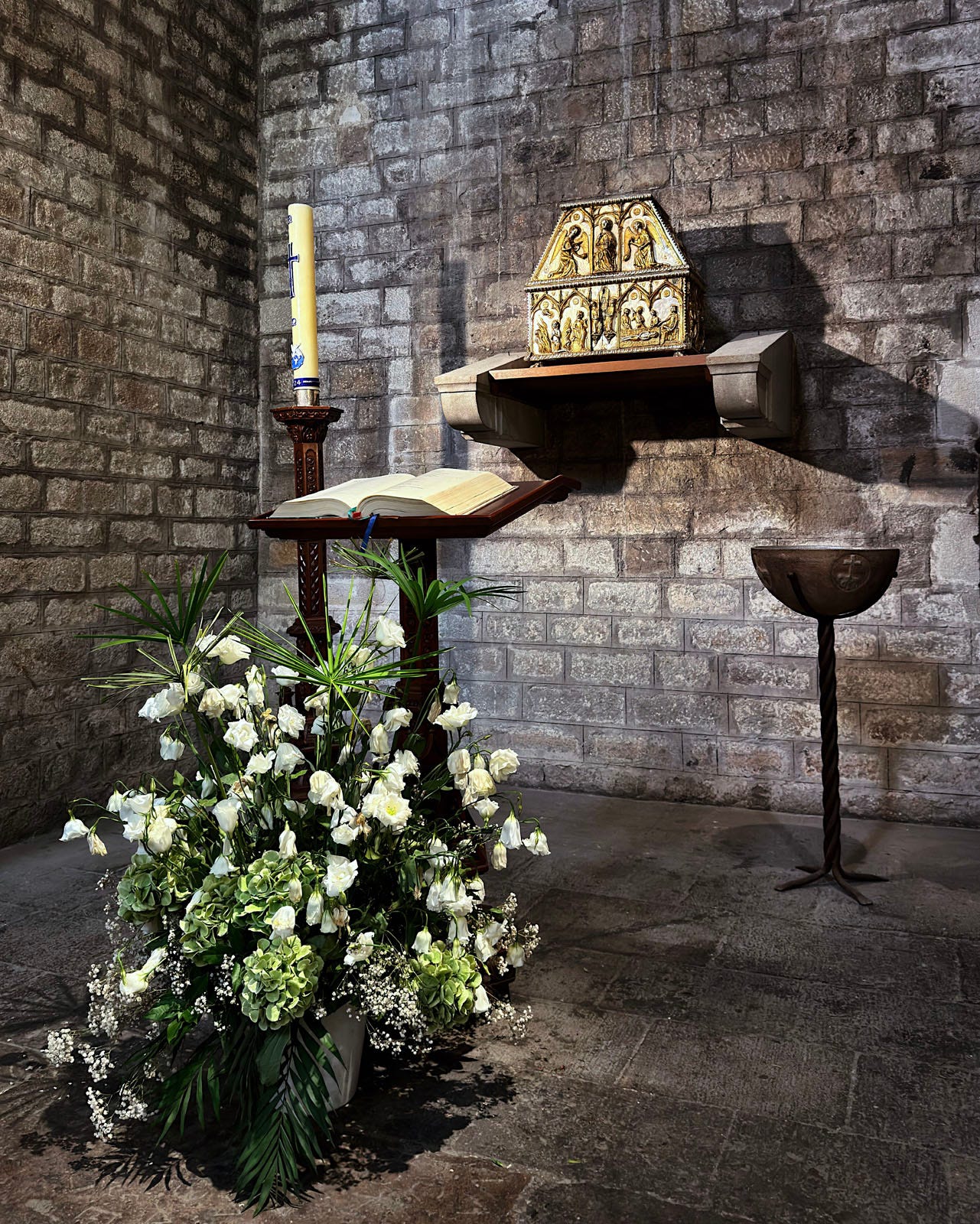


I spent a long time looking at your wonderful photos. I now better understand the Catalan elevation system. It looks like an enlargement of the lower arcade in northern Gothic. The choir photo is what made it click for me, the steep choir arcade reminds me of Amiens and Beauvais. Looking at this cathedral, one almost gets a premonition of a frighteningly tall full three-story choir, only for it to end in the rather diminished clerestory :). It's quite rare to see a cathedral that has a ceiling-tall arcade inside of the walls. In NYC, that is the case in St. John the Divine.
Glad this one made the list! Any time I’m in Barcelona, this is my first stop for some quiet contemplation. Easy to miss tucked into a very dense area of town.